Tristan and Isolde (Melbourne Opera) ★★★★1/2
Tristan und Isolde, the opera in which Richard Wagner really took art in a new direction, is often described as the most important musical work of the nineteenth century. No lesser authority than Kobbé calls it the most influential opera in all musical history, while the great Wagner conductor Christian Thielemann says it is ‘the peak of operatic art, the opera of operas, the incunabulum, the key work. Tristan is the sum of everything and the exception to it’. Finished in 1859 and first performed in 1865, Tristan earns this encomium because of its intensity, its inwardness, the way it distorts the rules of harmony – especially the famous Tristan chord which opens the prelude and is not resolved for some four hours. The work’s full effect took decades to unfold, inspiring Nietzsche, Freud, Thomas Mann, Mahler, Schoenberg, Debussy, and many more.
Tristan tells the ancient Celtic tale of a Cornish knight who falls in love with an Irish princess as he accompanies her across the sea to marry his king. Deceived into drinking a love potion, they are consumed by unhinged rapture and – naturally, given Wagner’s romanticisation of death – both perish.
Continue reading for only $10 per month. Subscribe and gain full access to Australian Book Review. Already a subscriber? Sign in. If you need assistance, feel free to contact us.



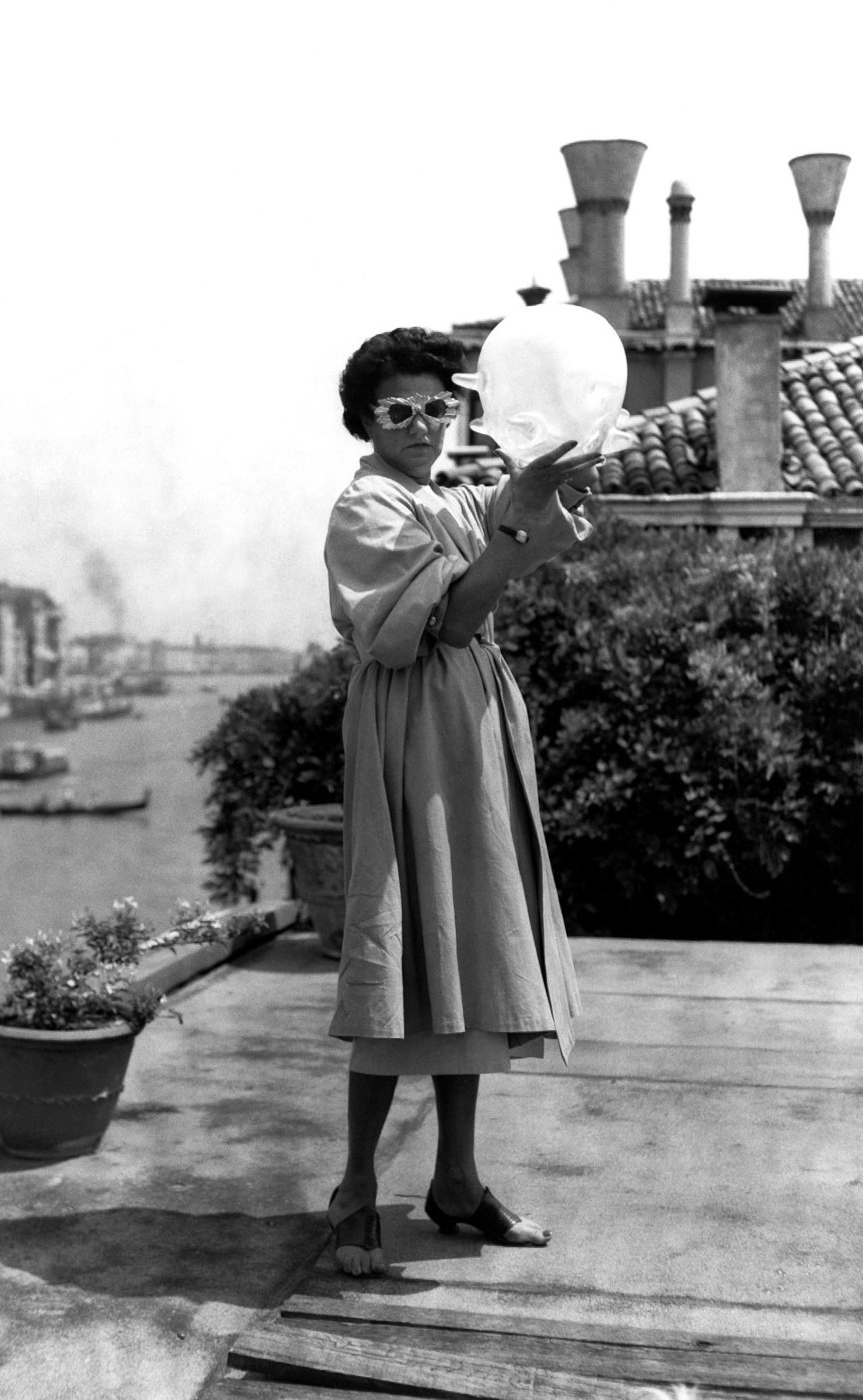
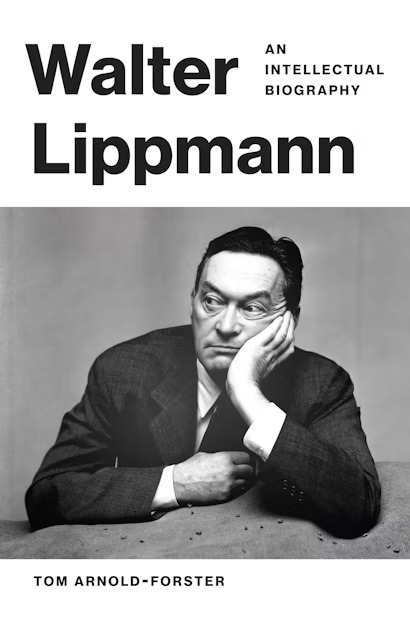
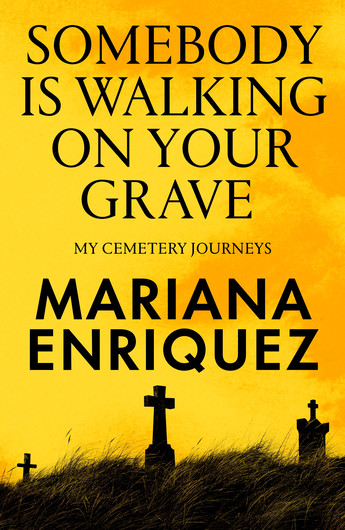
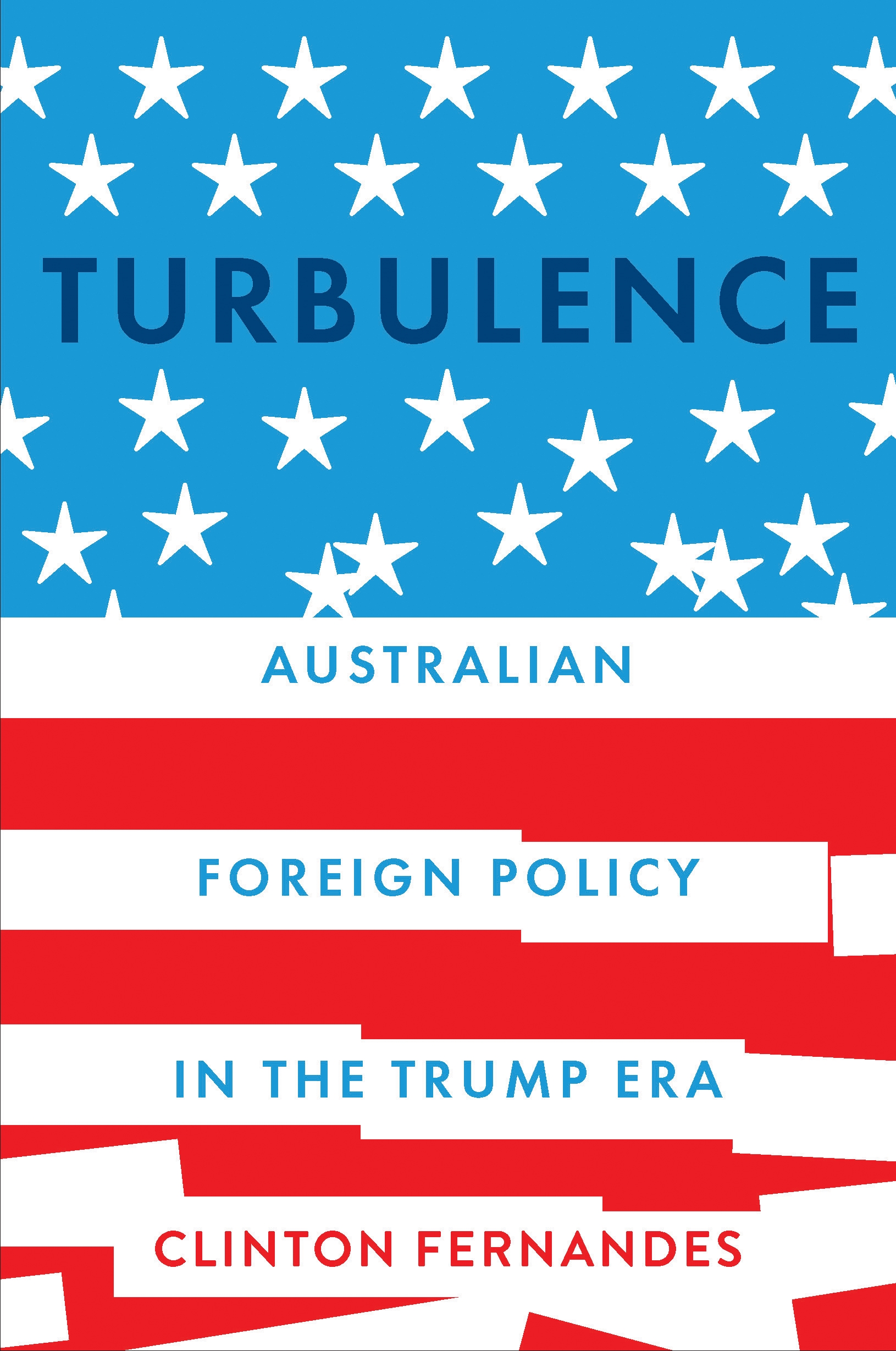
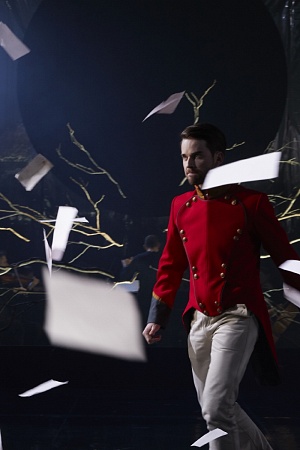
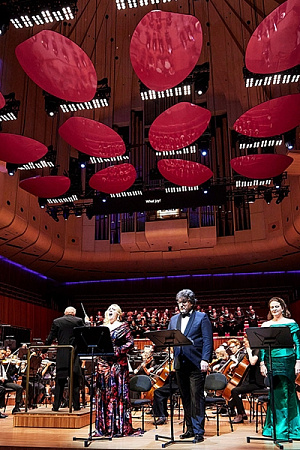
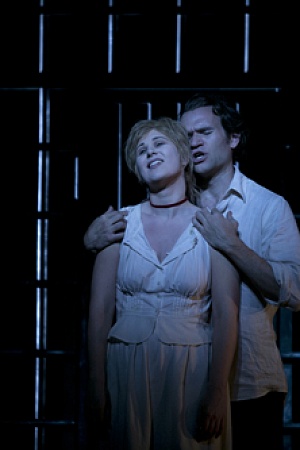

Leave a comment
If you are an ABR subscriber, you will need to sign in to post a comment.
If you have forgotten your sign in details, or if you receive an error message when trying to submit your comment, please email your comment (and the name of the article to which it relates) to ABR Comments. We will review your comment and, subject to approval, we will post it under your name.
Please note that all comments must be approved by ABR and comply with our Terms & Conditions.